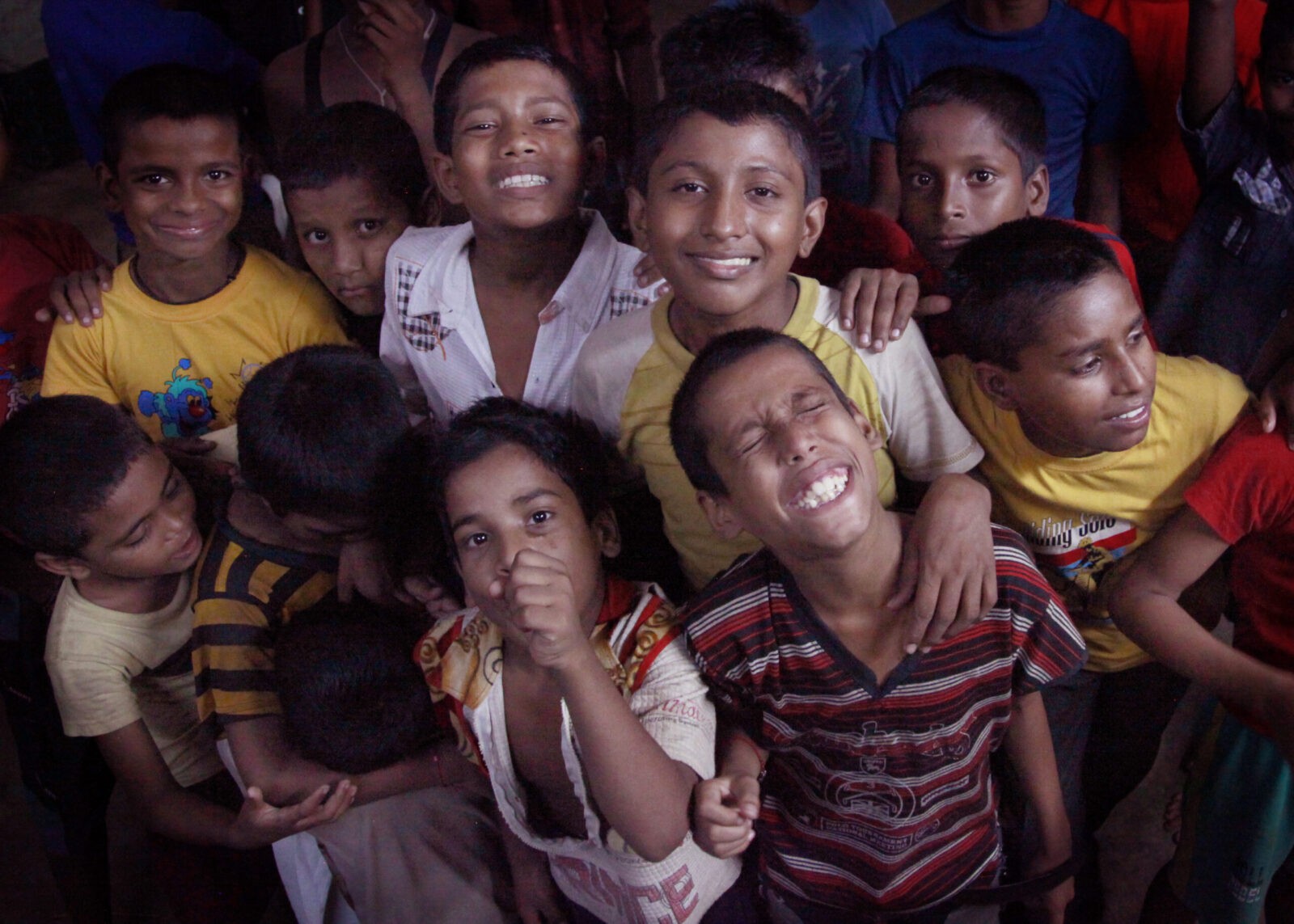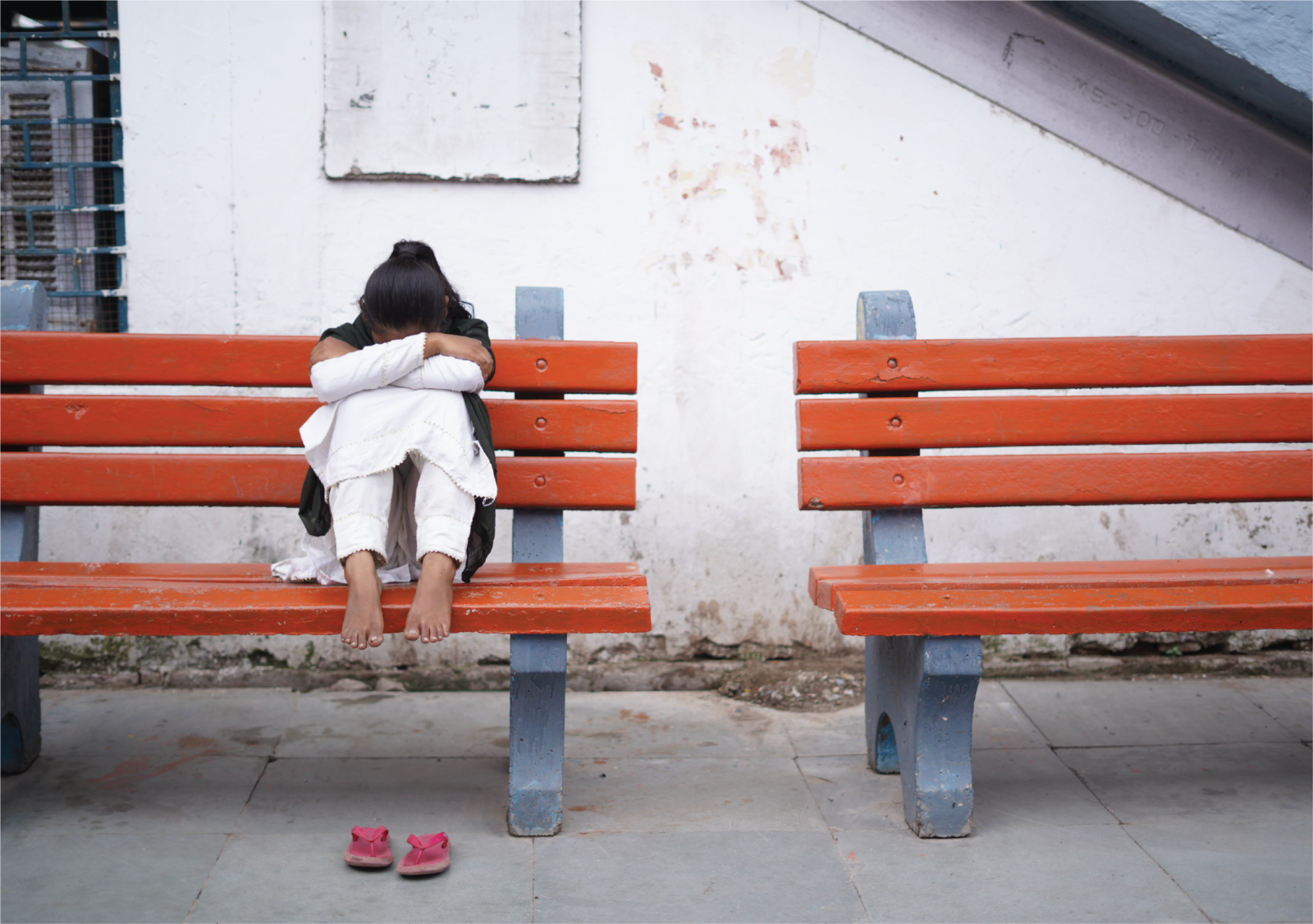In the month of April 2023, a singular piece of news captured headlines globally—India surpasses China as the world’s most populous country. Touted as a paradigm shift, this change in global demographic was micro analysed by experts to understand its many causes and effects. On the occasion of World Population Day, we take a deep dive to gain insight into what this monumental shift means for India’s children, and the impact it is poised to leave on their lives. Read on
1. Environmental Degradation
India is becoming increasingly prone to natural disasters such as floods, droughts and earthquakes. As is witnessed globally, the climate crisis is bound to push thousands of families and communities inhabiting these environmentally vulnerable regions out of their homes—a phenomenon referred to as climate migration. With their health, nutrition, education and safety at stake, this is a major concern that awaits India’s children in the wake of a burgeoning population.
2. Child Labour and the Unemployment Crisis
Presently, the average age in India is 29. In the next two decades, India is expected to be home to a largely youthful population. When it was home to a similar demographic, China witnessed an economic boom. India, however, continues to struggle with high unemployment. A lesser-known contributor to the issue of unemployment among youth is child labour. Children are looked as an economical solution to expensive labour, as employers pay a pittance for them and push them to work long hours by using physical abuse and emotional manipulation. This insightful video not only sheds light on this subject but also details the tax burden consequently borne by India’s taxpayers.
3. Burden on Healthcare Facilities and Debilitating Health of Children
The burden on healthcare infrastructure was evidently at its peak during the pandemic. However, it continues to be a pressing issue with the growing population. Increasing pollution in cities, for instance, is proving to be detrimental to children’s long-term health. Additionally, growing population demands increased supply of resources. Essential supplies such as clean, potable water is a rarity or a luxury restricted to affluent residents. Children hailing from underprivileged communities are forced to rely on unsafe water, which poses as a severe health hazard. Increased mortality rates, inadequate immunization coverage, and limited healthcare interventions are some of the other notable impacts faced by India’s children.
4. Spike in Child Marriages
An extension of restricted resources is the looming evil of poverty. Countless households across the globe are forced to wed their daughters at younger ages. Evidently detrimental to their growth and development, this move is seen as the sole economically viable option by vulnerable and financially insecure parents desperately finding ways to feed one less mouth.
5. Child Malnutrition a Persistent Failure
An offshoot of poverty is increasing malnutrition among children as has been witnessed in the past years. The most recent National Family Health survey for 2019-20 states that a mere 11.3 percent of infants aged 6 to 23 months have an adequate diet. With India’s limited resources already being burdened, the increase in population will pose a mighty challenge to feed adequate diet to every infant in India.






